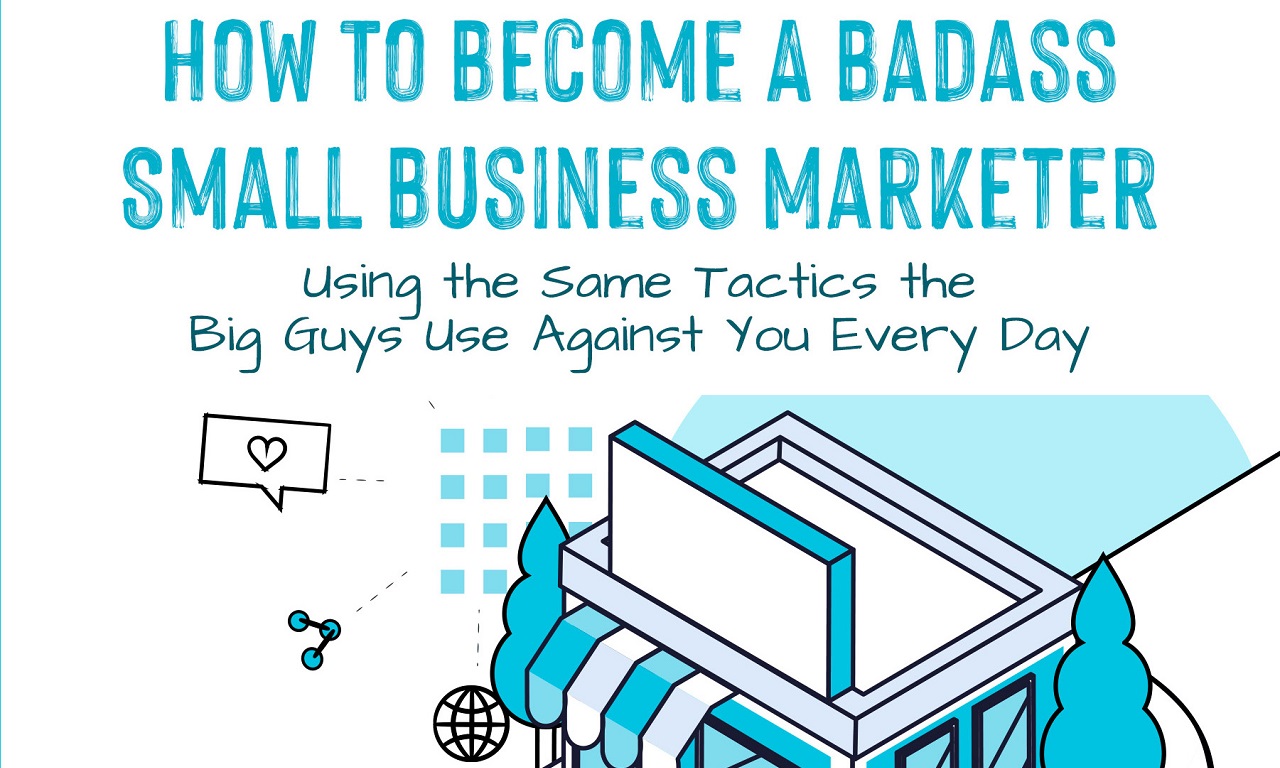What is Geo-Fencing?
Sometimes when you’re targeting your best customer prospects, their location can be a strong indicator of potential fit. Geo-Fencing is a way to point advertising toward consumers who visited a certain location.
For example, you may want to target advertising toward consumers who:
- Visit one of your store/showroom/office locations
- Visit the store/showroom/office of a competitor
- Visit places your existing best customers often visit, such as a country club, restaurant, or department store
- Commute past your location regularly
- Live in certain neighborhoods
Geo-Fencing is the process of using someone’s location as a trigger for adding prospects into your marketing efforts, or growth funnel.
Prefer video? Here is a link to a great explanation of geo-fencing.
How Does Geo-Fencing Work?
OK. But it’s a little confusing… How does Geo-Fencing work, exactly?
Imagine a map. Now draw imaginary boxes, or “fences,” around the places you feel you’ll find your best customer prospects. Each one can be considered a geo-fence.
We do this digitally. And then as devices like phones, tablets, and laptops enter these fences, they get added to the target group.

You can also narrow down the target group by overlaying other demographic or lifestyle (psychographic) factors, such as:
- Age
- Gender
- Income
- Occupation
Geo-Fencing is a tactic that offers a lot of flexibility.
But what if people have location tracking turned off?
There are many ways location is tracked. Devices don’t have to have location tracking enabled to be pinpointed within the geo-fence.
Here are other ways location is determined, other than simple tracking:
- Devices joins Wi-Fi at that location
- Devices use an IP Address connected with that location
- Apps on devices capture (with permission) and share that location
- That location is embedded in photos taken, posts made, etc.
Location identification is far more complex than just having location tracking turned on or off. The simple fact is that OS, mobile carrier, apps, and actions all have the potential to share a device’s location, whether the user realizes it or not.
But privacy tools, VPNs, and other blockers do make it an inexact science, for sure. Not every device that enters the fence will be targeted. And there can be stray, unintentional hits that create waste.
How Much Does Geo-Fencing Cost?
There are several great ways to execute geo-fencing, and determining how much geo-fencing costs is a bit of a moving target. But we’ll share some use cases that may help you determine how much you would need to budget.
A general rule of thumb is that we’re budgeting a $12-16 CPM for advertising to the target audience, and we want to reach each prospect a minimum of 10 (and maximum of about 50) times (also known as frequency). So once you draw your fences and start building a target audience, it’s easy to calculate what geo-fencing costs in your situation.
Geo-Fencing Competitors. You can geo-fence your competitors’ locations and target advertising to devices that visit them. We often put a time limit on the targeting, based on how long the typical buying cycle lasts; for example, we only add that device to the target for 1 week if the purchase decision is usually made within that amount of time. If you’re a typical small business you could expect to invest between $1,500 and $7,500 monthly to reach shoppers of your competitors with approximate frequency of 10-20 ad impressions each.
Geo-Fencing Nearby Businesses. You can geo-fence businesses near yours who target similar customers. For example, if you are a restaurant you can target nearby office buildings and hotels. If you’re a typical small business you could expect to invest between $1,500 and $5,000 monthly to reach potential customers with approximate frequency of 10-20 ad impressions each.
Geo-Fencing Neighborhoods. If you map your customer base and see patterns of certain neighborhoods or home values, the fences can be drawn to target specific neighborhoods in your service area. You can also overlay demographics like age and gender to hone in on your decision-maker in the household. Let’s say you’re targeting your top 10 neighborhoods. You could expect to invest between $1,200 and $4,800 monthly to reach those neighborhoods consistently (minimum frequency of 10). The more factors you add, the more costly the ads become. But better targeting can often increase your response rate and the overall efficiency and ROI of the campaign.

Keep in mind that cost is just one factor. No matter how much you’re spending on geo-fencing, you also want to:
- Pay close attention to how your fences are drawn
- Consider carefully the messaging strategy
- Track outcomes to know what’s working, and what’s not
There are two common mistakes people make with geo-fencing. The first is poor messaging; they spend all their time on targeting and reach, but don’t think enough about what messaging will truly motivate and engage prospects. There is no point advertising if you don’t give equal consideration to what you’re going to say. What will the ad creative be? Where will these potential customers land on your website? How is that designed to convert them into actionable leads or customers?
The second common mistake is tracking. People don’t track outcomes so they know how to optimize the campaign and marketing ROI.
“One of our favorite features of geo-fencing is that we can often know when the targeted devices show up at your location after seeing the ads.”
We explore best practices from the perspective of our unique marketing formula in a series of articles we previously posted called Marketing 101.
We’re Here to Help
If you know enough to know that geo-fencing might be helpful in your situation and you’re wrestling with these questions, just schedule a free consultation with our experts. We’ll include our geo-fencing expert on the call.
We can help you determine if geo-fencing makes sense as part of your overall marketing strategy. We can also discuss what factors have been key to success in our experience.
We invest in our clients long before they ever invest in us. So education is part of how we develop new relationships, and we gladly spend time getting to know you (and vice versa) without cost or obligation.
Not ready for that yet? That’s OK. You may want to sign up for our free e-mail newsletter about local marketing so you can get more articles like this one.
Thank you for visiting today.






